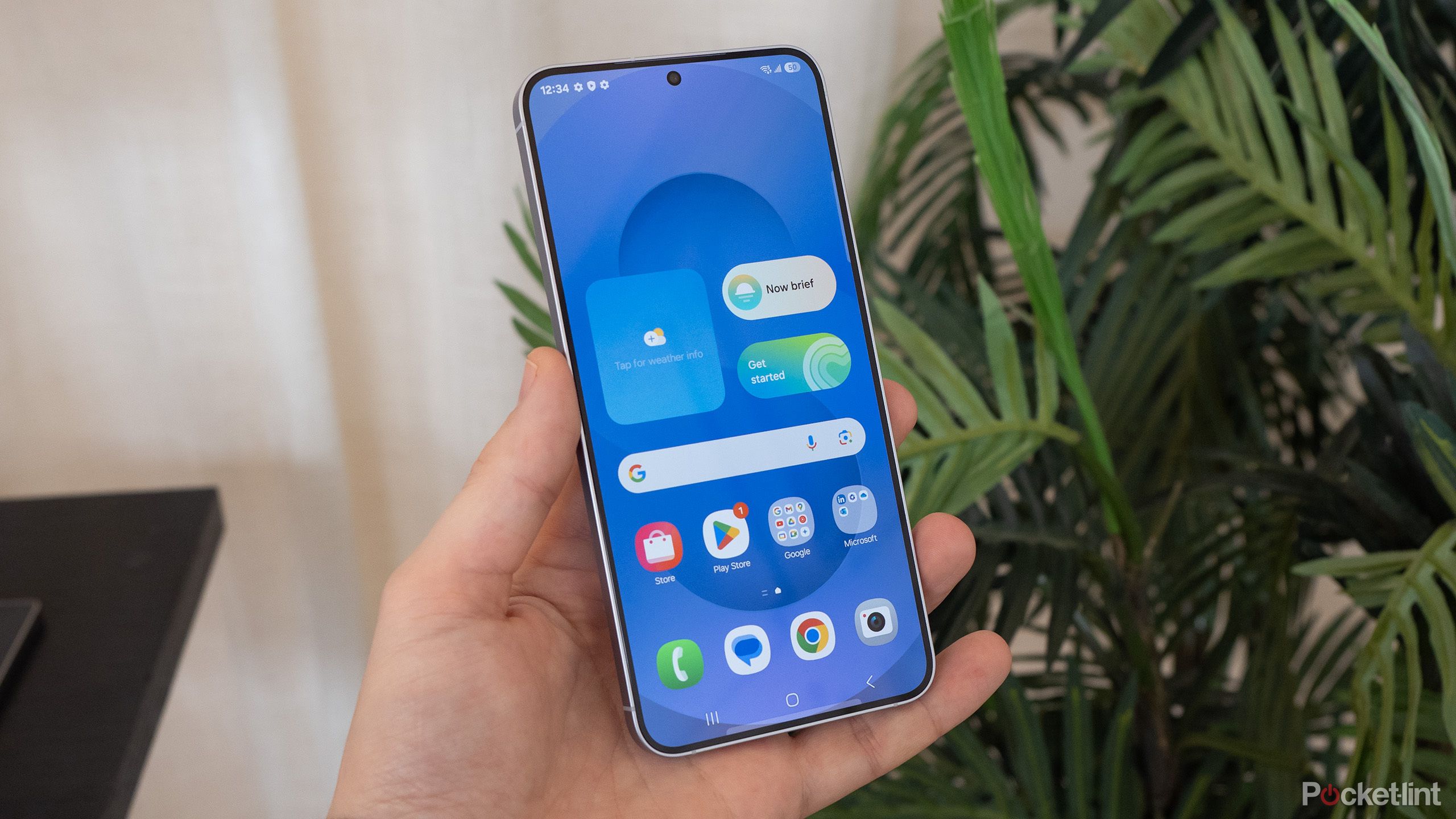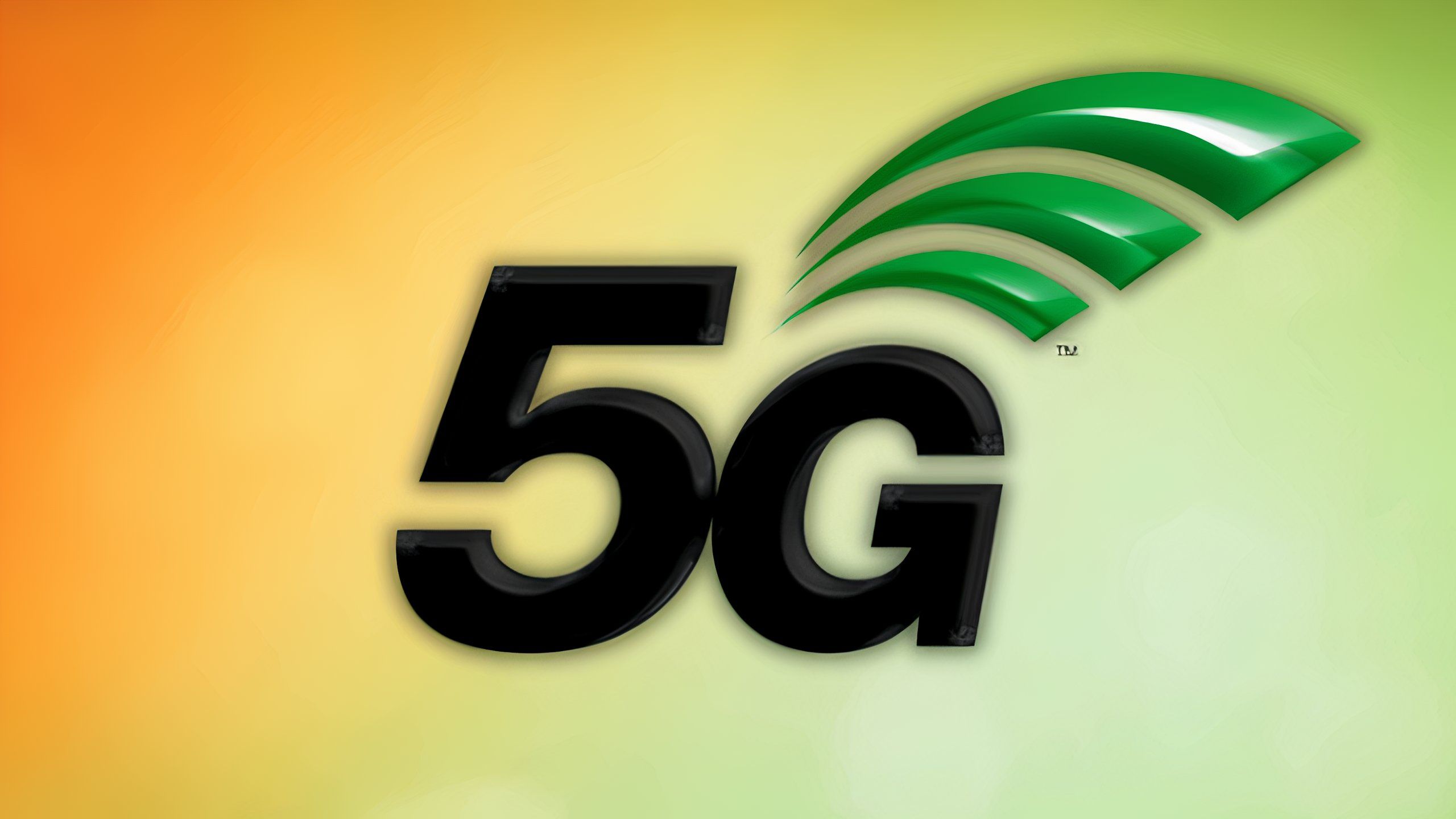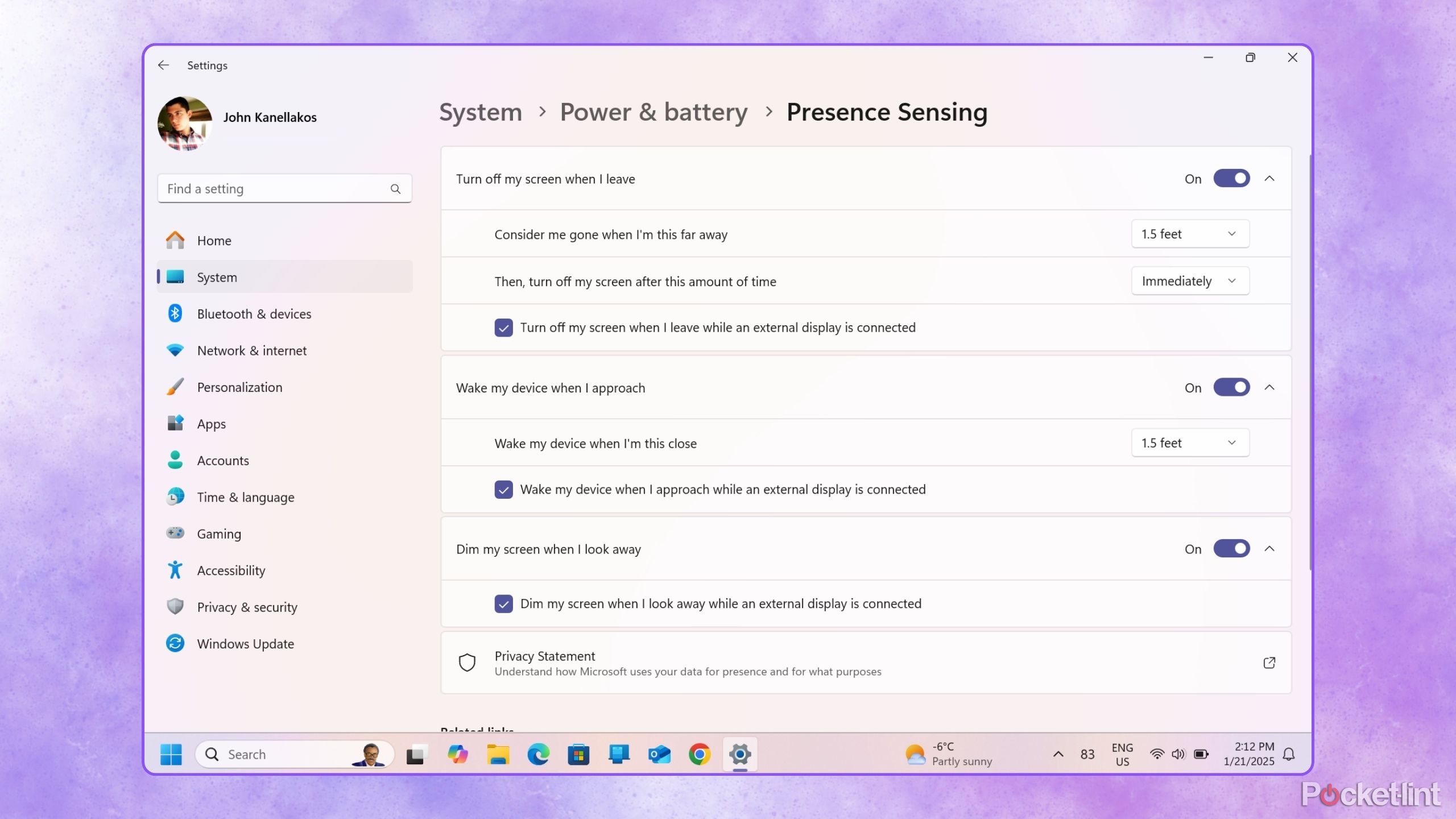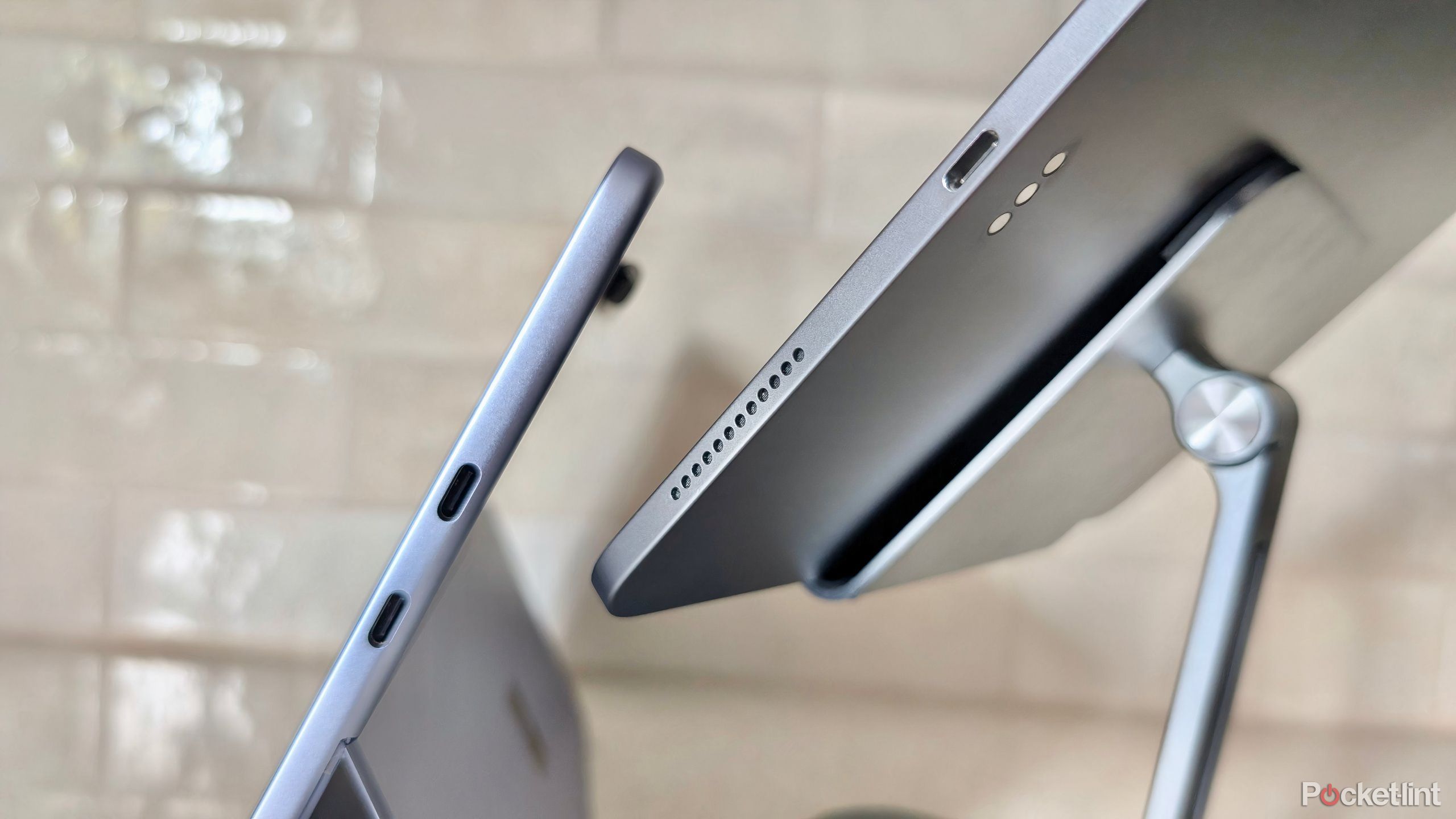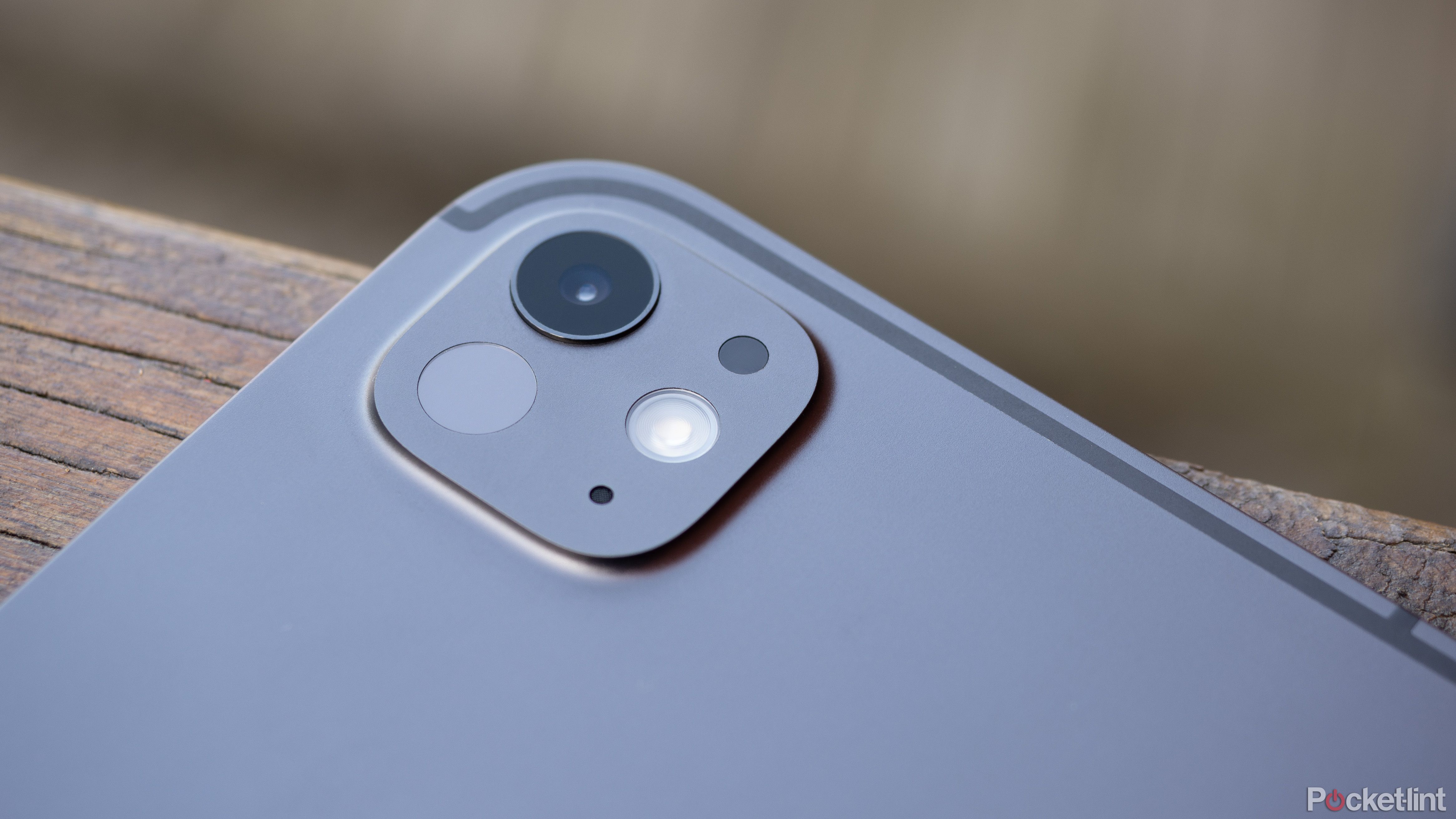Summary
- I’m a big fan of Microsoft’s line of Surface tablet computers, going back as far as the days of Surface RT.
- The company’s latest tablet, the 12-inch Surface Pro, is an excellent hybrid Windows 11 device — but there’s always room for improvement.
- Here are five hardware additions I personally hope to see implemented in the next Surface Pro.
For the longest time, I’ve been a big fan of Microsoft’s consumer hardware endeavors. I’ve been intrigued by Surface tablets since the days of Windows RT and Windows 8, and I was impressed by the sheer creativity on display with the Surface Dial. I even championed the unique dual-screen action of the Surface Duo family, to the point where I was gutted when the product line was ultimately canned.
With the Duo having entered the Killed by Microsoft canon (and the Dial likely not far behind), I’m relieved that the company is continuing to throw its weight behind Surface tablets, building off the success of that fateful first model from back in 2012. The latest offering from Microsoft, the Surface Pro 12-inch 1st Edition, is a well-oiled machine that can stand head-to-head with the very best iPadsand Android slates on the market.
Related
I got so frustrated with these 5 Windows 11 problems I decided to fix them myself
For all of Windows 11’s strengths, the decades-old OS is held back by some head scratching quirks – here’s how I rectify them when setting up a PC.
Of course, there’s always room for improvement. I’ve already outlined my ongoing gripes with Windows 11, which continues to hold back the Surface Pro with its middling touch navigation and its subpar gesture UX. While the hardware side of the equation is more refined by comparison, there are still a few additions that I think would go a long way in cementing the product’s position within the Pro-level tablet space.
Here are five hardware features that I would love to see introduced in the next Surface Pro, particularly if they can be squeezed into the smaller footprint of the excellent Pro 12-inch model.
1
An anti-reflective display
Why is this only available to business customers?
For one reason or another, Microsoft has opted to clad only its business Surface SKUs with an anti-reflective coating. While anyone can theoretically purchase these ‘for Business‘ models, they aren’t sold at big-box retailers, they don’t ship with standard packaging, and they don’t carry the same warranties as their consumer-facing counterparts. I personally don’t understand the reasoning behind this decision — regular, everyday consumers would benefit from less glare and better outdoor visibility, and it’s sorely missing on the latest Surface Pro 12-inch model.
The PC industry isn’t standing still, either. Other laptop and tablet makers like Dell, HP, and Lenovo have begun offering their own anti-reflective display solutions, and Apple’s newer iPad Pro models even come in an optional matte screen configuration. With it being the summer, the sun’s rays are shining directly into my living room, sometimes obscuring my view of the screen while lying on the couch with my Surface Pro. An anti-reflective coating is the clear solution to this problem, and my fingers are crossed for its inclusion in the next generation of Surface hardware.
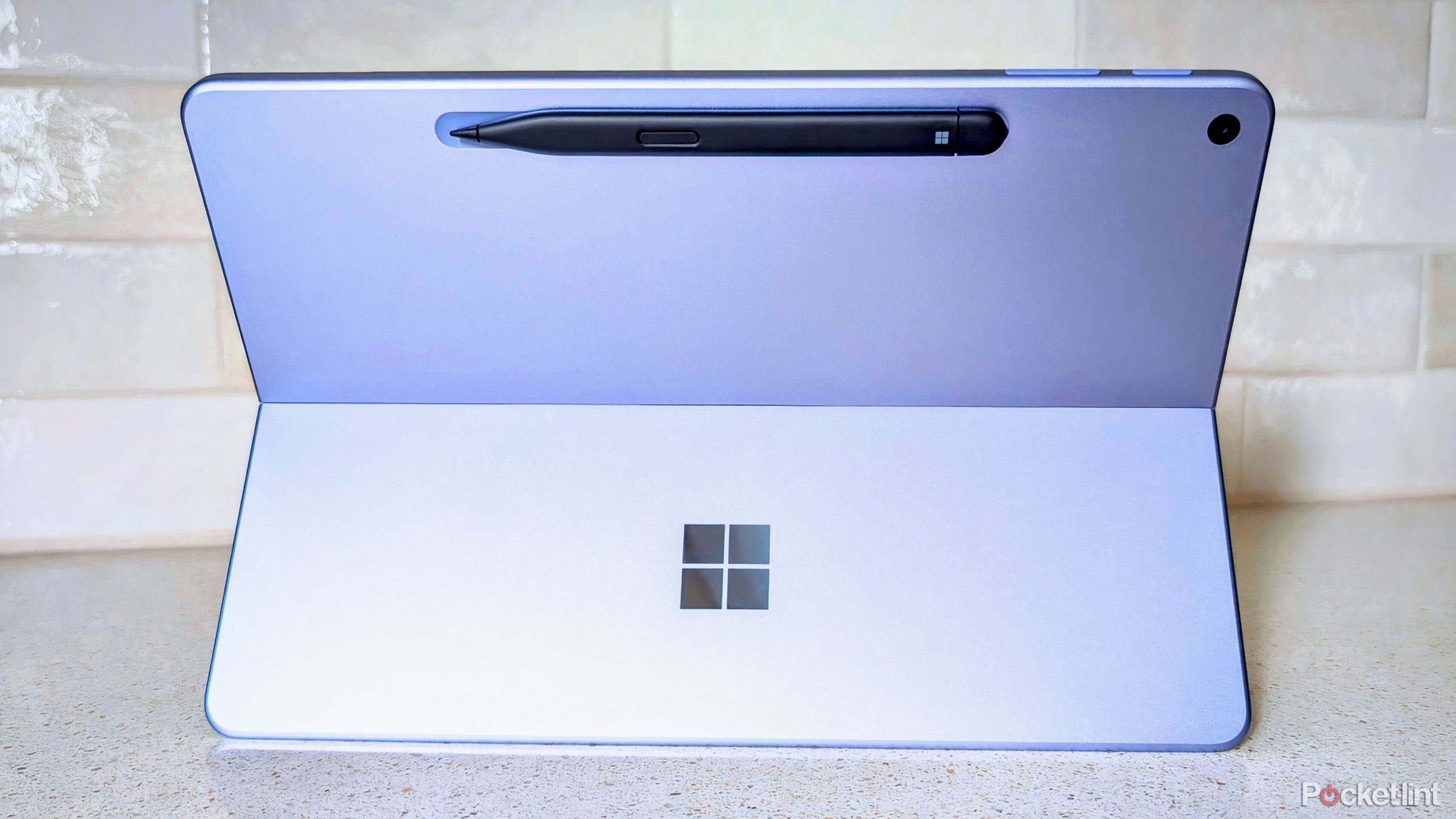
Related
I love the Surface Pro 12-inch, but Windows 11 is holding it back
I used the new 12-inch Microsoft Surface Pro strictly as a tablet for a week: here’s how it went.
2
5G on day one
5G should come standard on Surface
Microsoft recently launched an all-new Surface Laptop 7 with 5G on the market, months after originally unveiling the existence of the device. I’m aware that 5G antennas create engineering challenges that often result in the need to dramatically re-architect the internals of a product, but in today’s always-connected era of mobile gadgetry, I’d hope to see cellular connectivity available as a configuration option on day one.
Bafflingly, the Surface Pro 12-inch lacks 5G compatibility altogether, which is a shame considering its thin-and-light form factor, its cellular-friendly Qualcomm ARM chip, and its pick-up-and-go design ethos. In an ideal world, all tablets would ship with cellular antennas right out of the box, much in the same way all smartphones do. Until that day arrives, I’ll continue grumbling about the inefficiency of hotspotting data from my phone to my PC.
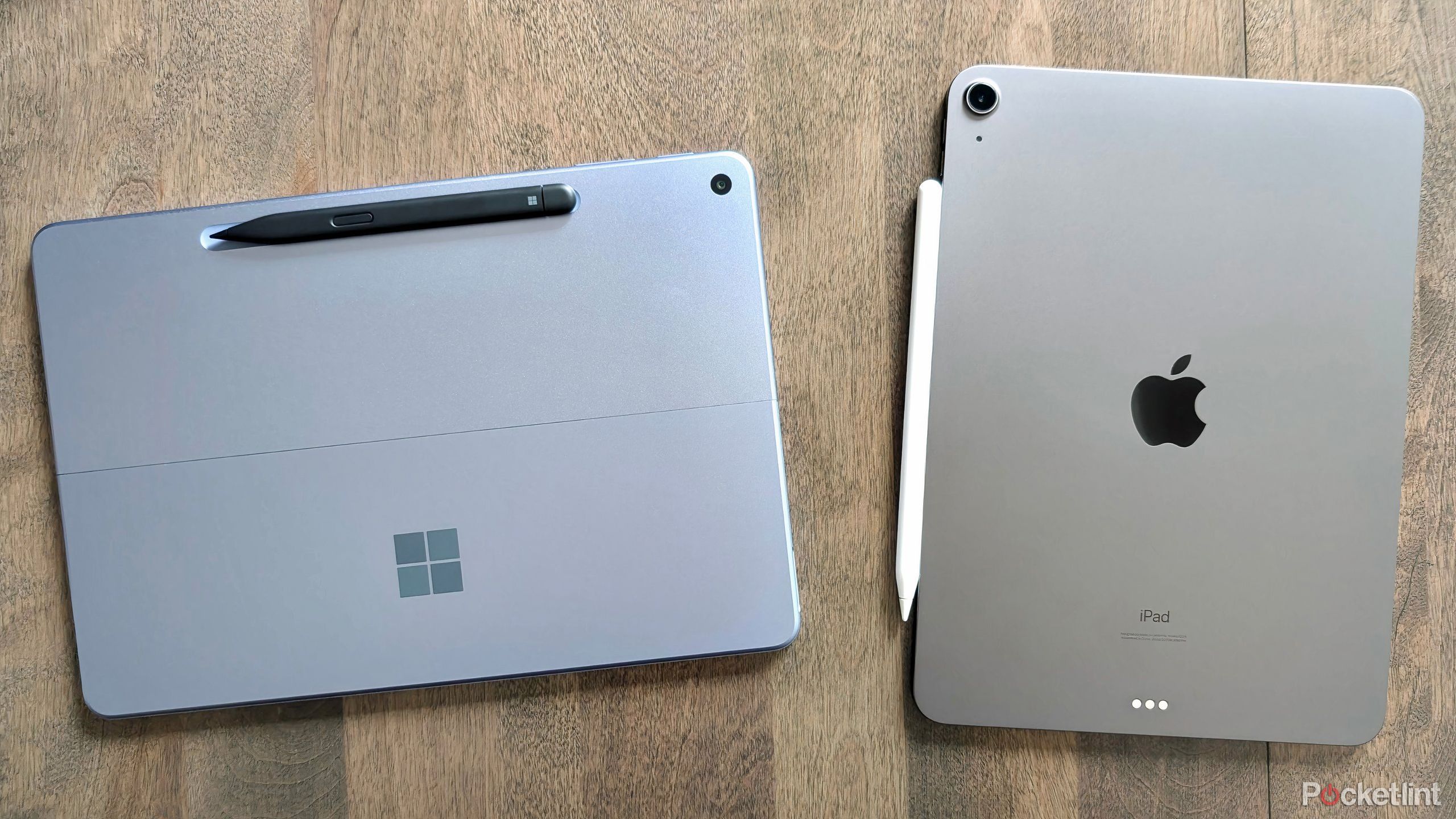
Related
I’m sorry but my Surface Pro still beats the iPad in 3 key ways
As much as I love my 11-inch Apple iPad Air, Microsoft’s latest Surface Pro 12-inch is the more capable tablet computer overall – here why.
3
Human presence detection
Windows 11 already supports the feature natively
Human presence detection sensors have begun appearing on Windows PCs in recent years, to the point where Microsoft has taken it upon itself to build out native support for the hardware feature within Windows 11. In fact, the tech giant is still actively adding to its Presence Sensing feature set, with a new ‘Onlooker Detection’ option being worked on, according to Windows leaker phantomofearth over on X.
Presence Sensing technology allows your PC to automatically sleep and wake based on whether you’re sitting in front of it, using “a new class of proximity sensors that detect humans.” With it being directly integrated into Windows 11, I’d hope to see Microsoft showcase the feature using its own first-party hardware in the near future. I’d love for the next Surface tablet to be intelligent enough to turn itself off when I walk away, or to automatically dim the screen if it detects someone peering over my shoulder in a coffee shop or in an airport lounge.
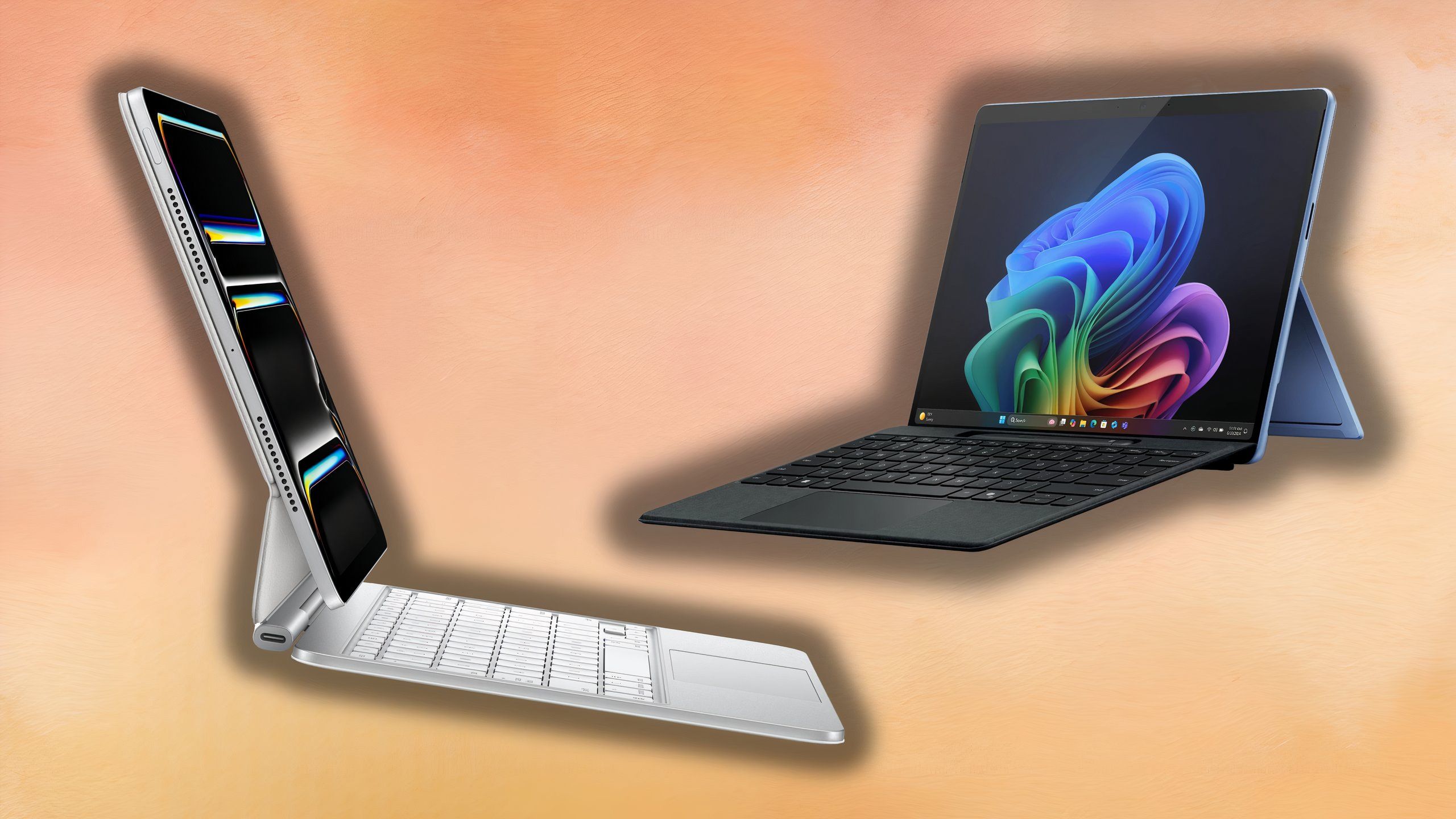
Related
The next iPad should copy the Surface Pro’s homework
If tablets ever want to replace traditional PCs, they’ll need to start spawning more USB-C ports – so far, only the Surface Pro has gotten the memo.
4
A third USB Type-C port
To make up for the removal of microSD and AUX
Over the years, Microsoft has axed many legacy I/O ports from its Surface tablets in the name of sleek hardware design. Gone are the days of USB-A, Mini DisplayPort, microSD, 3.5mm auxillery, and even the magnetic Surface Connect charging slot. While the larger Surface Pro 13th Edition does at least include a removable SSD drive, the smaller UFS-based Surface Pro 12-inch model does not.
To make right with consumers, I’d love to see Microsoft introduce a third USB-C port across its entire Surface tablet line as standard. This would provide some much-needed flexibility for connecting peripherals, charging devices, docking to monitors, and expanding storage via external means. The Surface Pro is already ahead of the game compared to the single-ported iPad Pro, but Microsoft has the opportunity here to run circles around its competition.
Oh, and while we’re at it: Microsoft, please place at least one USB-C port on the opposite side from the others, so I can charge my Surface without having to perform cable gymnastics.
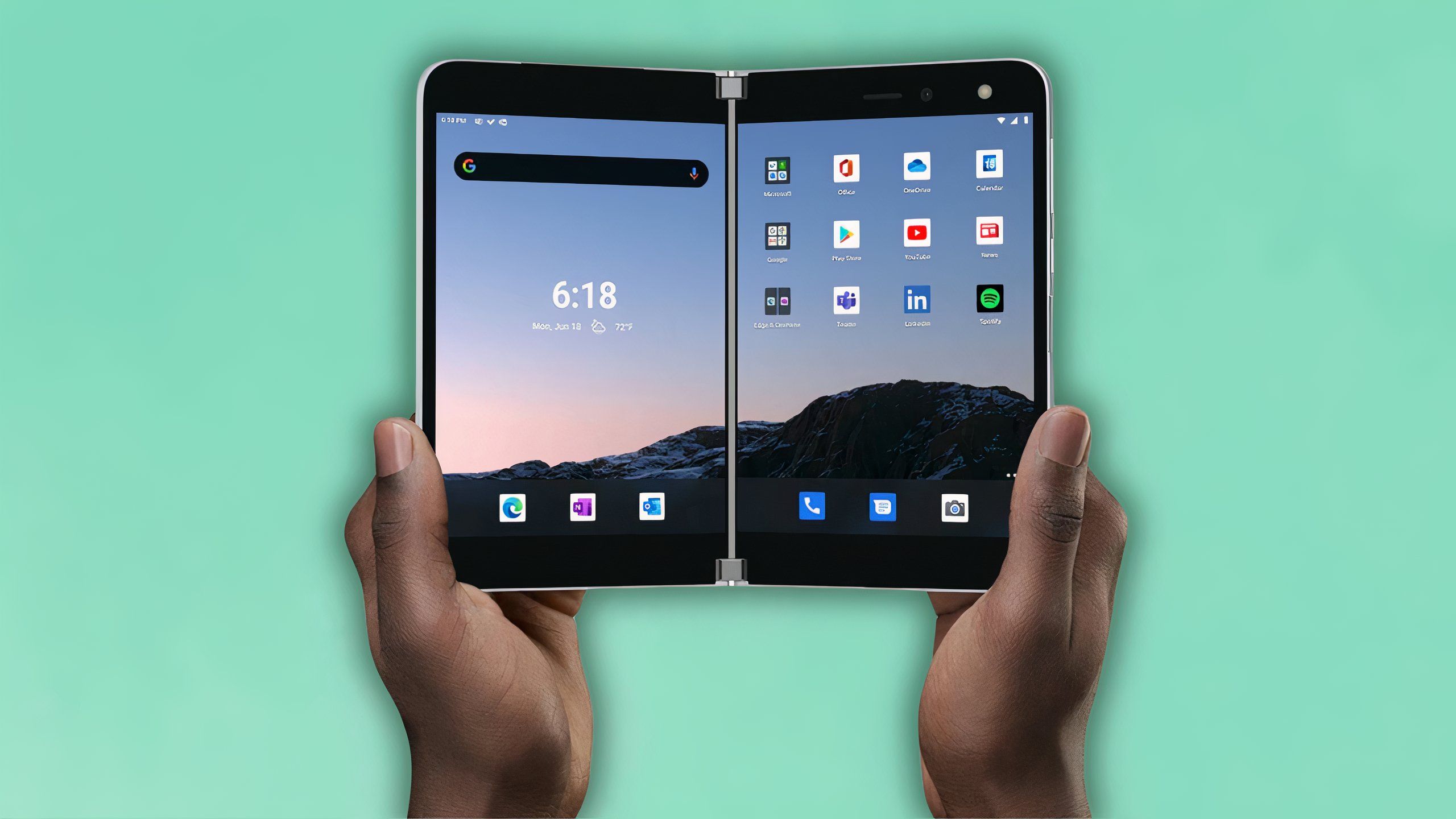
Related
Microsoft was right with Surface Duo: Two screens are better than one
Microsoft should never have killed its Surface Duo line of foldable phones – put simply, dual-screen mobile devices are an ideal form factor.
5
An LED flash module
For power outages and the like
I’ve never been one to fuss over rear-facing cameras on tablet PCs. Aside from the occasional scanning of a document or a video call, I find them of little utility, and I’d prefer a flatter chassis without a massive optical protrusion if possible. The trend of dual rear cameras on tablets is one that doesn’t speak to me, and I’m fine with Microsoft opting not to bother with adding any ultra-wide or telephoto lenses to its Surface Pro line.
That being said, I do have one somewhat niche inclusion request for the next Surface tablet: a dedicated LED flash module. No, not for flash photography (taking images with flash on a 12-inch tablet sounds downright comical, though). Rather, these LEDs would come in handy in specific contexts, such as during power outages, or when looking for something dropped behind a couch. Sure, our phones already have built-in flashlights, but the extra battery capacity within tablets is an important consideration when away from power outlets and in immediate need of a light source.
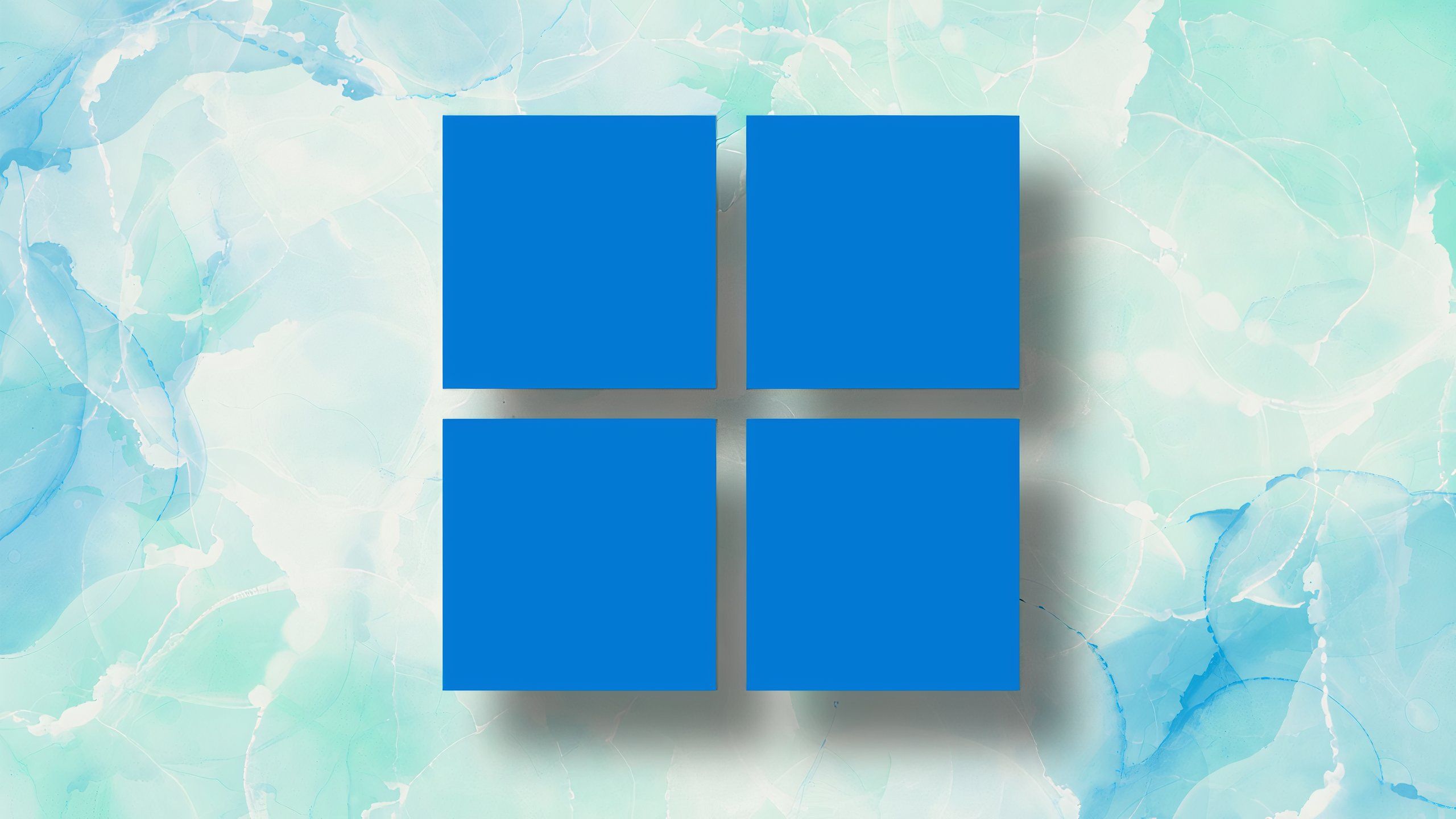
Related
These 5 things are holding Windows 11 back from greatness
Windows 11 is a powerful and feature-rich operating system, but it’s being held back from greatness in several key ways.
Trending Products

2 Pack – 22 Inch Monitor FHD ...

Antec NX410 ATX Mid-Tower Case, Tem...

Acer Aspire 5 15 Slim Laptop | 15.6...

Samsung 27′ T35F Series FHD 1...

Wireless Keyboard and Mouse Combo, ...

SAMSUNG 27″ Odyssey G32A FHD ...

15.6” Laptop computer 12GB DD...

Cooler Master Q300L V2 Micro-ATX To...

Lenovo Ideapad Laptop Touchscreen 1...


